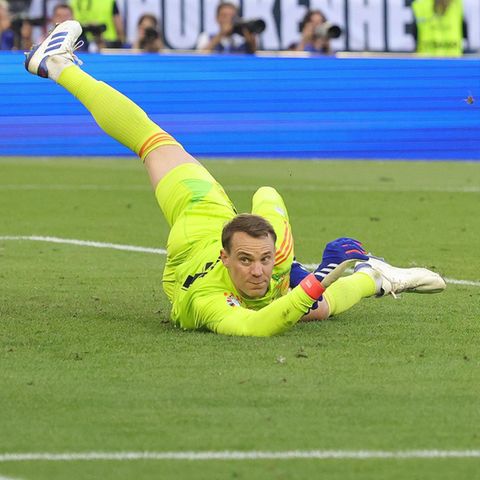Coomans is a company based in Antwerp, Belgium, which was founded in 1951. The small livestock business of that time was transformed over the years until today, when it positioned itself as one of the largest importers of meat in Europe.
Cayetano Cuesta, Coomans’ Director of Operations, came to Rosario to participate in the Santa Fe Business Forum. He is one of the 200 delegates from foreign companies who came to look for new suppliers. But, above all, to try to get better pricesas he confessed during a brief interview with Scope.
“We are one of the largest meat importers in Europe. We already buy meat in Argentina and we are coming to evaluate new suppliers. Since our market has no ceiling in terms of demand for meat, everything we carry is sold“, he explained.
Journalist: What are you looking for on this forum?
Cayetano Cuesta: We see our existing suppliers in Argentina once a year at fairs such as Sial in Paris or Cologne, Germany, but always in our European environment. Now, for the first time, I am coming to Argentina to visit our usual suppliers and meet new ones. We are visiting livestock farms, feed lots and slaughterhouses. They all want us to visit their homes, as is logical and normal.
Q: Are you looking for different cuts to take to Europe?
DC: We don’t look for new cuts, because in Europe the same ones are always consumed. And there are many cuts that you have that are not consumed in Europe, like the matambre that I tried on this trip. We don’t eat bife de chorizo there either. The ways of cutting them are different here and there. Nor is it the same to make cuts for kosher than for Germans, Italians or the English. What we buy most here is rump, flank steak, sirloin steak and loin.
Q: And what are they looking for then?
DC: What we are looking for is not new cuts but good prices. Argentines want more money, as is normal, and we want to pay less.
Q: And are they achieving that goal?
DC: It’s not easy. Argentina’s economic situation has an influence. Export taxes, different exchange rates, all of that affects exporters and prices. On our side, we are affected by the game of supply and demand with China. We could pay more but it would affect our customers because we would have to charge our customers more. And when you charge Europeans more, what they do is stop consuming that product and look for an alternative. For example, they would switch from Argentine steak to Irish steak, or Danish steak, which is cheaper but of lower quality. Or restaurants take Argentine steak off the menu and replace it with chicken or pork. Inflation in Argentina is huge, but it has always been like that. In Europe, on the other hand, we now have 7 percent annually and that is something new, something we never had before.
Q: How much is Argentine meat valued in Europe?
C C.: Argentine meat has several advantages. In addition to its palatable qualities, it has a longer shelf life than European meat. This gives us a fairly large margin when there are difficulties in receiving Argentine products due to export problems. Once European meat has been slaughtered, it is estimated that it will be fresh for consumption for 10 to 16 days, after which it must be frozen. Argentine meat lasts 4 to 5 months.
Q: Why is this difference so big?
DC: The huge difference is due to the quality of the farm, the pasture, the breeding. On my car trip from Buenos Aires to Rosario, all I saw was countryside, greenery, countryside. That is very difficult to find in Europe, except perhaps in some regions of Spain. Then you only find one town after another. Nothing is the same as in Argentina.
Q: What is the presence of Coomans meat in Europe?
DC: We are based in Belgium but the containers arrive in Rotterdam, in the Netherlands. There we store and distribute to any country in Europe. A few months ago in Porto, Portugal, we saw that our meat imported from Argentina was being offered in a beach bar. We have a very important penetration throughout the continent.
Source: Ambito
I am an author and journalist who has worked in the entertainment industry for over a decade. I currently work as a news editor at a major news website, and my focus is on covering the latest trends in entertainment. I also write occasional pieces for other outlets, and have authored two books about the entertainment industry.




